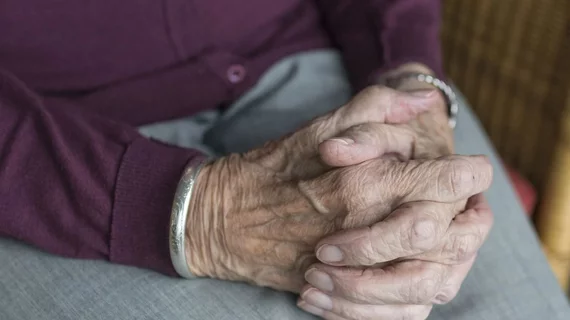Adding alirocumab to high-intensity statin therapy benefits older ACS patients
The combination of alirocumab and high-intensity statin therapy improves outcomes for older acute coronary syndrome (ACS) patients, according to a new analysis of the ODYSSEY OUTCOMES trial.
Results from the Evaluation of Cardiovascular Outcomes After an Acute Coronary Syndrome During Treatment With Alirocumab (ODYSSEY OUTCOMES) trial were first posted in March 2019. The randomized, double-blinded trial tracked more than 18,000 patients with recent ACS who received either alirocumab treatments every two weeks or a placebo.
This prespecified analysis, published in European Heart Journal, found that the combination of alirocumab and statin therapy “safely reduced the relative risk of recurrent ischemic events and all-cause death across age categories.”
“Importantly, the absolute treatment benefit of alirocumab increased with advancing age, indicating that lipid-lowering therapy beyond statins may be an important secondary preventive intervention after ACS in older patients,” wrote lead author Peter R. Sinnaeve, MD, department of cardiovascular medicine at University Hospitals Leuven in Belgium, and colleagues. “These findings might be considered in future guideline recommendations for lipid-lowering therapies in older patients.”
Sinnaeve et al. also emphasized that they could detect “no age limit” that led the treatment to be any less effective, “although inference is limited by small numbers of patients at very advanced ages.”
The full analysis can be read here.

